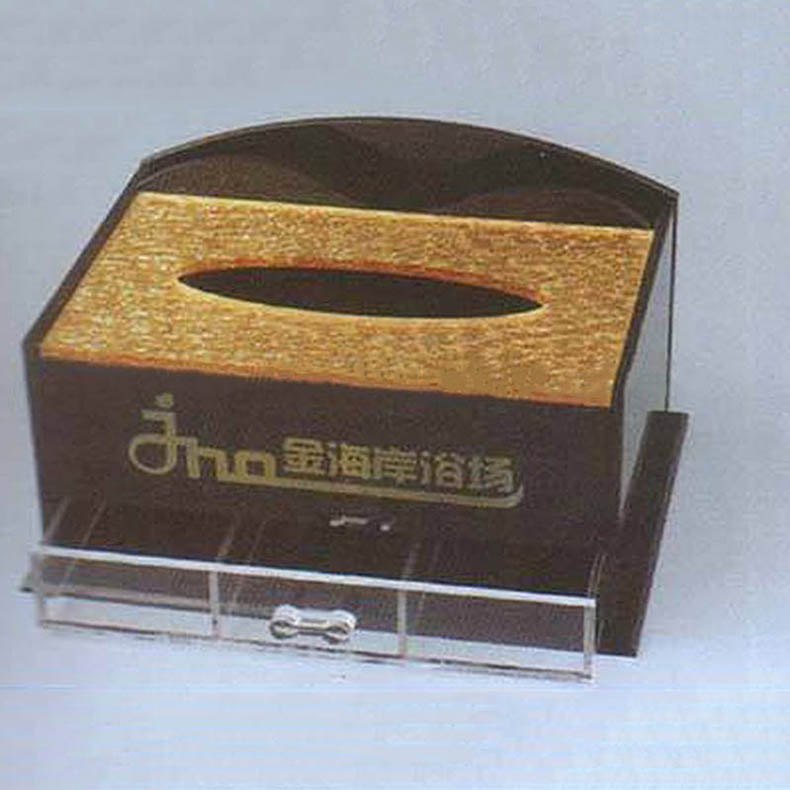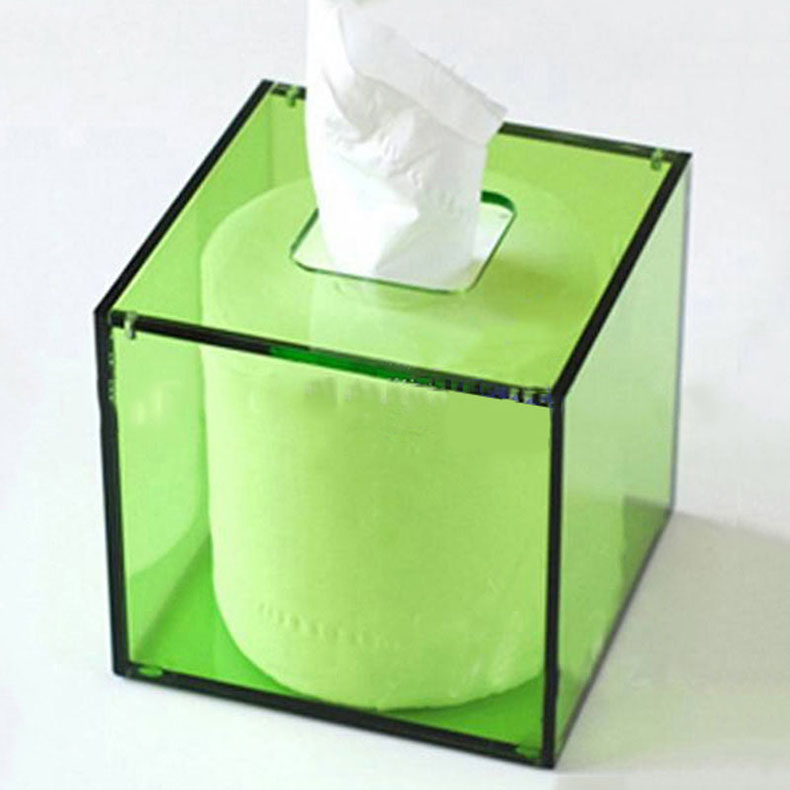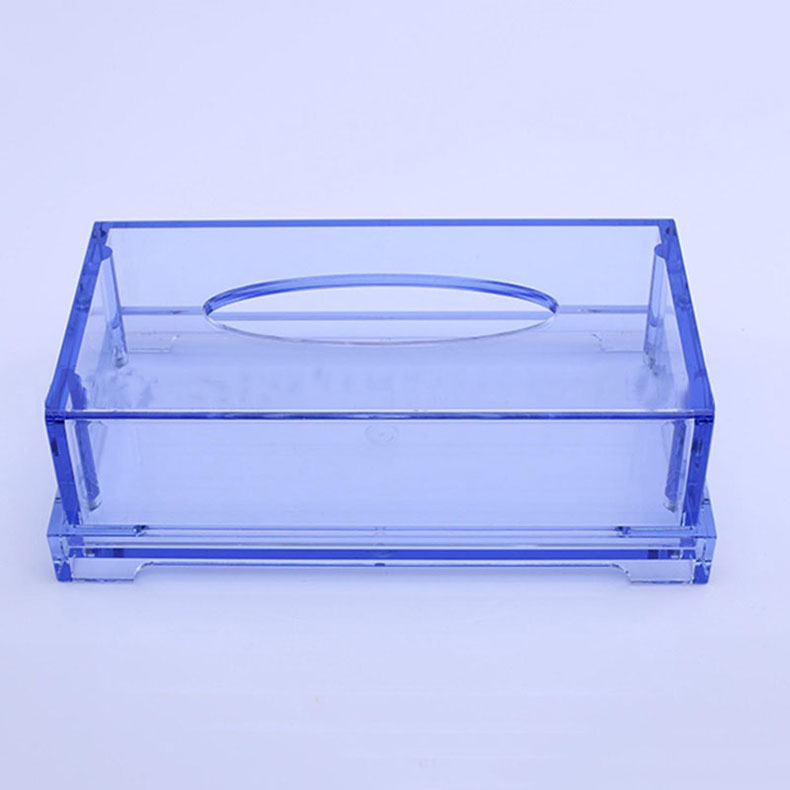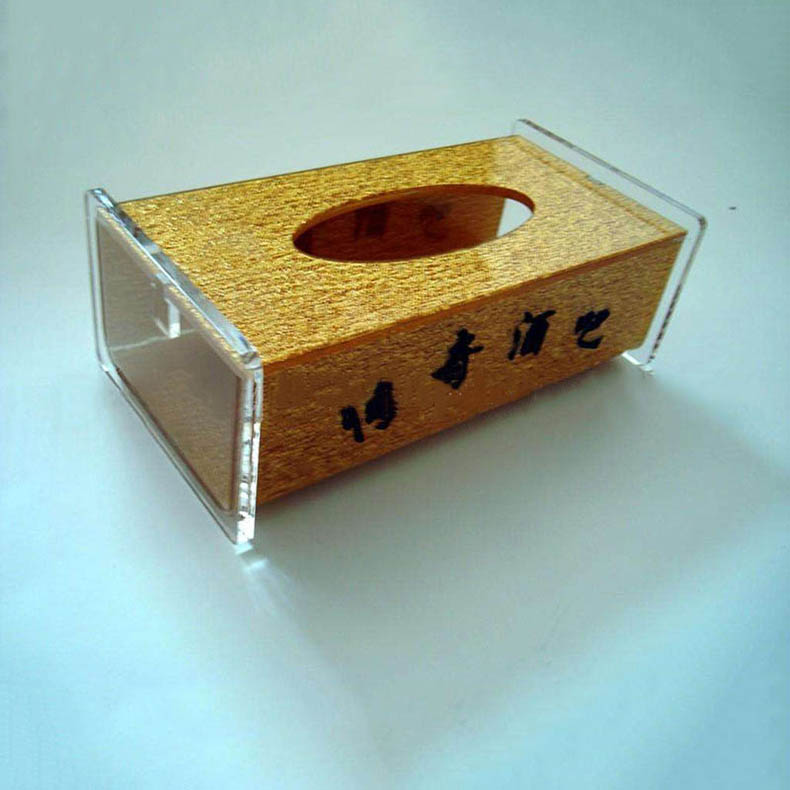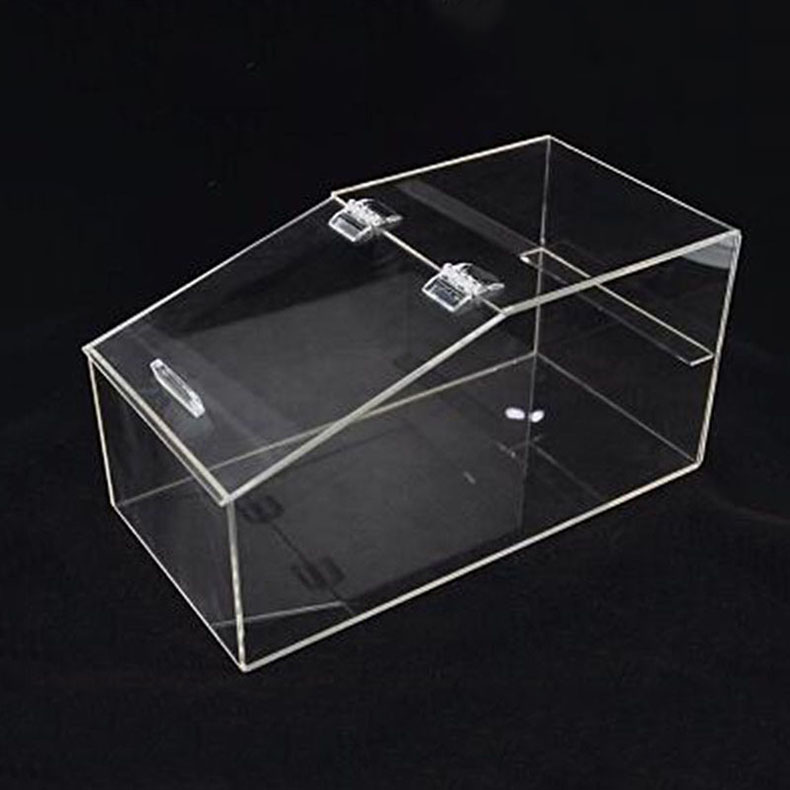Is Acrylic a Glass or Plastic?
Acrylic, often referred to by its chemical name polymethyl methacrylate (PMMA), is a versatile material widely used across various industries, but it is essential to clarify whether acrylic is classified as glass or plastic. This distinction is significant, as it influences the material’s applications, properties, and the understanding of its benefits and limitations.
Understanding Acrylic
To begin with, we must define what acrylic truly is. Acrylic is a synthetic polymer made from the polymerization of methyl methacrylate monomers. It is not naturally occurring but is manufactured through chemical processes. As a plastic, acrylic has many characteristics that set it apart from more traditional materials such as glass.
Characteristics of Acrylic
Acrylic is renowned for its impressive clarity and transparency, often exceeding that of glass. It boasts a light transmission rate of about 92%, making it an excellent choice for applications requiring transparency, such as skylights, aquariums, and display cases. Additionally, acrylic is significantly lighter than glass, making it easier to handle and install. For example, a sheet of acrylic weighs roughly half as much as an equivalent glass sheet, making it a preferred option for many commercial and residential applications.
Another important feature of acrylic is its impact resistance. While glass can shatter easily upon impact, acrylic is much more robust and resistant to breakage. This quality makes acrylic suitable for applications where safety is a concern, such as in crash-resistant barriers, safety shields, and children’s toys. Despite its enhanced durability, it is essential to note that acrylic can scratch more easily than glass, which can affect its aesthetic appeal over time.
Acrylic also offers excellent weather resistance. It is designed to withstand exposure to the elements, including UV radiation, making it an ideal choice for outdoor applications. Unlike glass, which can become opaque or degrade over time when exposed to the sun, acrylic retains its clarity and structural integrity for long periods.
Acrylic vs. Glass: A Comparative Analysis
Optical Clarity:
Acrylic is often clearer than glass, particularly for larger sheets where glass may have impurities or bubbles. This optical clarity allows for excellent visibility in applications such as retail displays or signage.
Glass, however, has a higher resistance to scratching and is less prone to clouding over time, making it often preferable for applications where pristine clarity is essential.
Weight:
Acrylic is significantly lighter than glass, which can be advantageous in numerous applications, including large-scale installations and portable structures.
This lightness translates into easier handling and lower transportation costs.
Impact Resistance:
Acrylic is much more impact-resistant compared to standard glass. It can withstand considerable force without breaking, making it ideal for environments where safety is a priority.
Although tempered glass offers high strength, in situations involving heavy impact or potential shattering, acrylic provides greater safety.
Thermal Resistance:
Acrylic can withstand a wider range of temperatures than glass. It is designed to endure thermal expansion and contractions better than standard glass without shattering.
However, excessive heat can deform acrylic if it is not specifically designed for high-temperature applications.
Cost:
In general, acrylic tends to be less expensive than glass, particularly for larger sheets. This difference can make acrylic a more economical choice for projects requiring significant amounts of material.
However, high-quality glass treatments, such as low-E coatings, can substantially increase the cost of glass.
Processing and Fabrication:
Acrylic can be easily cut, shaped, and molded, allowing for intricate designs that would be costly or impossible with glass.
Glass typically requires specialized cutting tools and processes, making alterations more challenging.
Environmental Impact:
While both glass and acrylic are recyclable, glass has a more established recycling infrastructure. Acrylic, being derived from petroleum, presents challenges in terms of recycling and sustainability.
Both materials can contribute to plastic pollution or waste if not disposed of or managed correctly.
Applications of Acrylic
Acrylic is extensively used in various sectors due to its unique features. In the architectural field, acrylic sheets are often used for skylights, light fixtures, and decorative panels. Its transparency allows natural light to flood into spaces without the fragility associated with glass.
In retail and display industries, acrylic is favored for creating signage, display cases, and protective barriers for items in stores and museums. Its lightweight nature and clarity make it an attractive option for promoting products while protecting them.
Furthermore, in the medical field, acrylic is frequently used in the production of lenses, as well as in dental applications due to its biocompatibility. Its use in optics extends to manufacturing lenses for glasses, contact lenses, and various optical devices.
Acrylic is also prevalent in the automotive industry, where it is used for headlights, tail lights, and windscreens due to its clarity and shatter resistance.
Limitations of Acrylic
Despite its many advantages, acrylic has some limitations that must be acknowledged. As previously mentioned, acrylic is more susceptible to scratching than glass. This vulnerability can be mitigated by using anti-scratch coatings, but it remains an essential consideration for applications where surface integrity is crucial.
Additionally, while acrylic can withstand outdoor conditions, prolonged exposure to harsh UV rays may eventually lead to yellowing or degradation of the material. Choosing the correct grade of acrylic with UV stabilizers can help extend its lifespan.
Acrylic is also less heat resistant than glass. In high-temperature environments, it may warp or deform, limiting its applications in specific industrial settings.
Conclusion
In summary, acrylic is categorized as a plastic but features properties that allow it to mimic and, in some cases, outperform glass in specific applications. Its benefits, such as lightweight, shatter-resistant, and excellent optical clarity, make it a popular choice across several industries. However, the limitations inherent in acrylic, including its susceptibility to scratching and heat sensitivity, should be considered when choosing between acrylic and glass for any given application.
Ultimately, the decision to use acrylic versus glass will depend on the specific needs and requirements of the application. Both materials have their unique advantages and disadvantages, and understanding these factors is vital to making an informed choice. Whether it’s the durability of acrylic or the timeless elegance of glass, both materials have invaluable roles in our everyday lives, contributing to functionality and aesthetics in countless products and structures.



